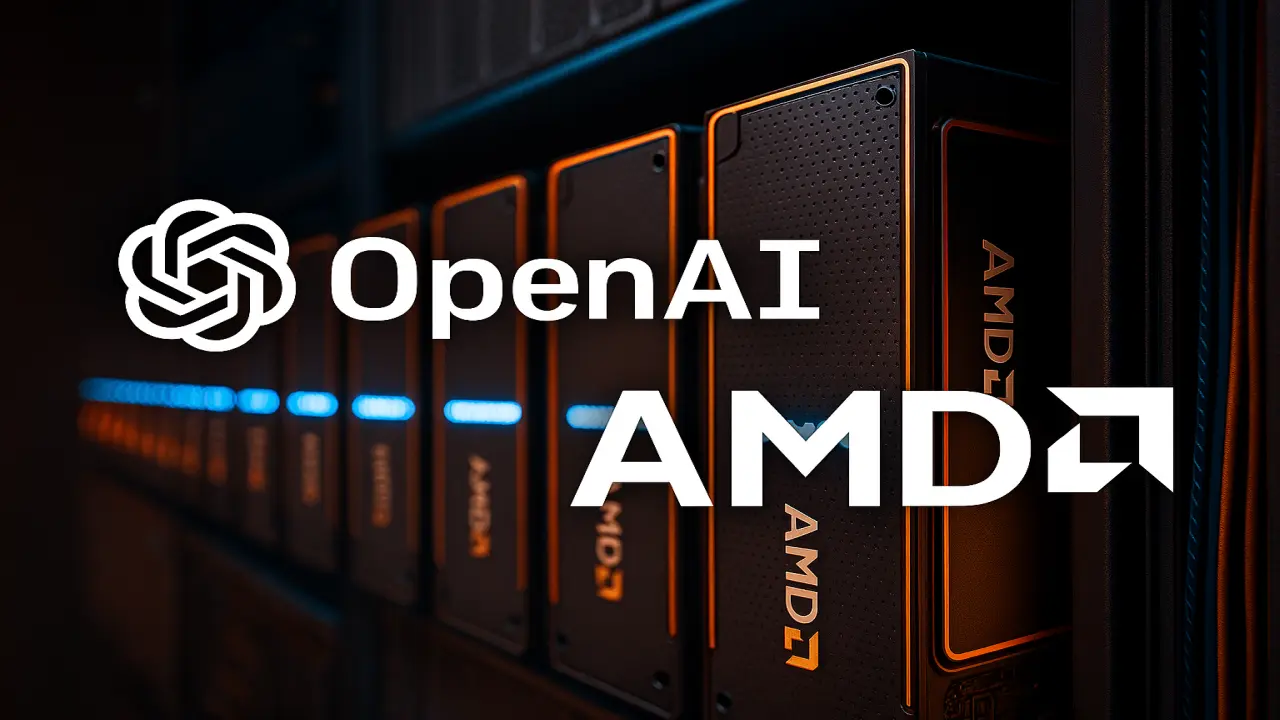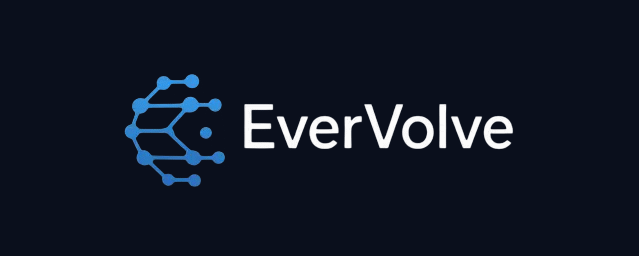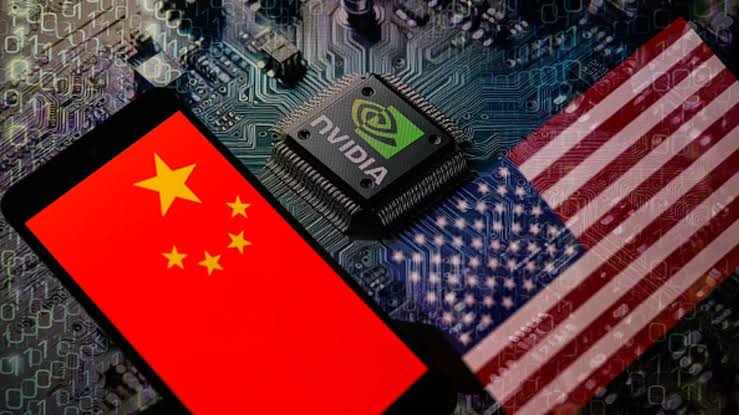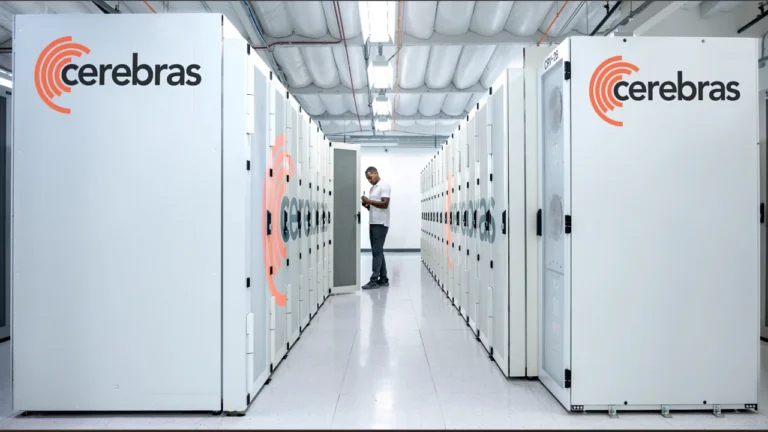OpenAI and AMD: A Strategic Alliance to Power the Next Generation of AI Compute

In a move that reconfigures the global AI hardware ecosystem, OpenAI has signed a multi-year agreement with AMD to deploy up to 6 gigawatts of GPU compute, with a projected value exceeding $100 billion. The deal includes co-designing future chips, deploying AMD’s upcoming MI450 series, and issuing OpenAI warrants for up to 10% of AMD’s equity. This partnership marks a strategic pivot away from Nvidia’s near-monopoly and positions AMD as a central player in the race to scale artificial general intelligence (AGI).
This article unpacks the deal’s structure, technical roadmap, equity implications, competitive dynamics, and broader impact on AI infrastructure and market positioning.
The Deal: 6 Gigawatts of AMD Compute
OpenAI’s agreement with AMD centers on deploying rack-scale GPU systems optimized for inference workloads. The rollout begins with 1 gigawatt of compute in late 2026, scaling to 6 gigawatts by 2029. This represents one of the largest single GPU commitments in history.
Key components:
- AMD will supply Instinct MI450 GPUs, designed for high-efficiency inference.
- OpenAI will co-design future chips, influencing architecture and packaging.
- The deal includes technical milestones, performance thresholds, and deployment targets.
AMD expects the partnership to generate $25–30 billion annually, with cumulative revenue exceeding $100 billion over the contract’s lifespan.
Equity Structure: OpenAI’s Stake in AMD
To align incentives, AMD issued OpenAI a warrant for up to 160 million shares, representing approximately 10% of AMD’s outstanding equity. The warrant vests in tranches:
- Initial tranche: Vests upon shipment of MI450 units.
- Performance tranche: Vests if AMD stock reaches $600 per share.
- Final tranche: Vests upon full deployment of 6 gigawatts.
This structure ties OpenAI’s equity upside to AMD’s execution, creating a feedback loop between deployment success and shareholder value.
Strategic Context: Why AMD, Why Now?
Nvidia currently dominates the AI GPU market, controlling over 75% of global share. But supply constraints, rising costs, and architectural bottlenecks have created an opening. AMD’s MI450 series offers:
- Inference-first design: Optimized for real-time model execution.
- Energy efficiency: Lower power draw per token generated.
- Scalability: Rack-level integration for hyperscale deployments.
OpenAI’s endorsement validates AMD’s roadmap and signals a shift toward multi-vendor infrastructure—a critical hedge against supply chain risk.
Technical Roadmap: MI450 and Beyond
The MI450 series builds on AMD’s Instinct architecture, with key upgrades:
- HBM4 memory bandwidth via Samsung
- UALink interconnects via Astera Labs
- CoWoS wafer packaging with 50,000+ wafers allocated for 2026
AMD’s roadmap includes:
| Chip Series | Launch Year | Optimization Focus | Notes |
|---|---|---|---|
| MI450 | 2026 | Inference | First OpenAI deployment |
| MI500 | 2027 | Training | Enhanced memory and interconnect |
| MI600 | 2028+ | AGI-scale compute | Co-designed with OpenAI |
OpenAI will influence chip layout, memory hierarchy, and thermal design—ensuring alignment between model architecture and silicon.
Infrastructure Economics: Power, Cooling, and Scale
Deploying 6 gigawatts of compute requires:
- Grid-scale electricity: Equivalent to powering 5 million homes
- Advanced cooling systems: Including microfluidics and immersion
- Rack-level integration: For density and modularity
AMD is working with partners like:
- Samsung (HBM4 memory)
- Astera Labs (UALink interconnects)
- Corintis (microfluidic cooling)
- Hitachi (power infrastructure)
OpenAI’s first MI450 facility will be a 1 gigawatt site, expected to break ground in 2026. It will feature:
- Liquid-cooled racks
- AI-optimized power distribution
- Digital twin monitoring via Lumada
Competitive Landscape: Nvidia, Intel, Broadcom
OpenAI’s AMD partnership reshapes the competitive field:
| Company | Market Cap (Oct 2025) | AI Revenue Forecast | Strategic Partner |
|---|---|---|---|
| Nvidia | $4.5 trillion | $206B (FY2025) | OpenAI, CoreWeave |
| AMD | $330 billion | $100B+ (4-year) | OpenAI |
| Intel | $190 billion | $28B (FY2025) | Microsoft, Corintis |
| Broadcom | $540 billion | $10B (OpenAI deal) | OpenAI |
Nvidia remains dominant in training workloads, but AMD is gaining ground in inference—where commercial demand is surging.
From Training to Inference: A Market Shift
AI infrastructure is transitioning from training-centric to inference-centric:
- Training: Massive datasets, long runtimes, high power draw
- Inference: Real-time execution, latency-sensitive, scalable
AMD’s MI450 chips are optimized for:
- Low-latency response
- Token-level efficiency
- Multi-modal workloads (text, image, video)
This aligns with OpenAI’s product roadmap, including:
- GPT-5 inference at scale
- Sora 2 video generation
- Enterprise agents for contracts, support, and sales
Market Impact: AMD Stock Surge
Following the announcement, AMD shares surged 34%, adding $80 billion to its market cap. Analysts called it AMD’s biggest one-day gain in nearly a decade.
Investor sentiment shifted from viewing AMD as a secondary supplier to a strategic peer. The equity warrant structure further boosted confidence in AMD’s long-term growth.
Supply Chain Diversification: Strategic Redundancy
OpenAI’s AMD deal complements its broader infrastructure strategy:
- Nvidia: $100B equity-and-supply agreement
- Broadcom: $10B chip commitment
- Oracle: $455B in cloud infrastructure obligations
- Hitachi: power and cooling infrastructure
- Samsung & SK Hynix: memory and fabrication
By diversifying across vendors, OpenAI reduces:
- Supply risk
- Cost volatility
- Deployment bottlenecks
AMD’s inclusion ensures redundancy and accelerates rollout timelines.
Co-Design Philosophy: Chips Built for Models
OpenAI’s involvement in AMD’s chip design reflects a broader trend: vertical integration between model developers and hardware vendors.
Benefits include:
- Model-aware architecture
- Optimized memory hierarchy
- Thermal design aligned with workload patterns
This co-design approach mirrors Nvidia’s Vera Rubin platform and Google’s TPU strategy, but with AMD’s open ecosystem and inference-first focus.
Strategic Implications for AMD
The OpenAI partnership transforms AMD’s positioning:
- From challenger to infrastructure anchor
- From commodity supplier to co-architect
- From inference niche to multi-modal backbone
It also opens doors to:
- Enterprise inference deployments
- Government AI infrastructure
- Global hyperscaler partnerships
AMD’s CEO Lisa Su called the deal “a generational opportunity to redefine compute.”
Future Outlook: MI450 Deployment and AGI-Scale Compute
OpenAI’s first MI450 deployment will begin in late 2026, with full rollout by 2029. The chips will power:
- Enterprise agents
- Video generation models
- Multi-modal reasoning systems
By 2028, AMD and OpenAI plan to co-design the MI600 series, targeting AGI-scale workloads with:
- 3D chip stacking
- Integrated cooling channels
- On-chip inference accelerators
This roadmap positions AMD as a long-term partner in OpenAI’s mission to build safe and scalable superintelligence.
A Strategic Inflection Point
OpenAI’s investment in AMD is more than a chip deal—it’s a strategic inflection point. It validates AMD’s architecture, diversifies OpenAI’s supply chain, and accelerates the shift from training to inference.
With equity upside, roadmap alignment, and multi-gigawatt deployments, AMD is no longer trailing Nvidia—it’s racing alongside it. And for OpenAI, the partnership ensures that its models won’t be bottlenecked by supply, cost, or scale.
As AI becomes infrastructure, partnerships like this will define the future—not just of compute, but of intelligence itself.
Read more AI News Here.
Enjoyed this post?
Subscribe to Evervolve weekly for curated startup signals.
Join Now →







